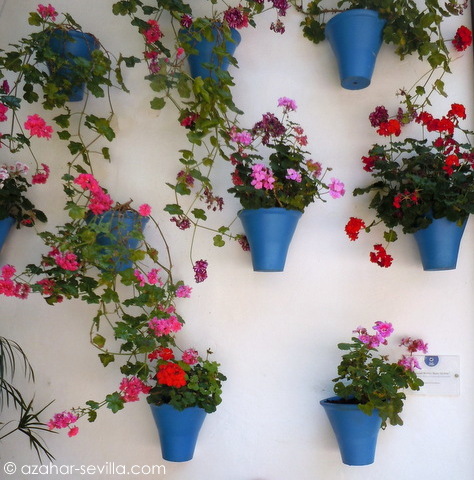A selection of abstract bronzes by Henry Moore (1898-1986), one of the great masters of modern sculpture, are being exhibited in various cities in Spain this year: Santa Cruz de Tenerife, Las Palmas de Gran Canaria, Valencia and Bilbao. From now until mid-March it’s Sevilla’s turn. There are seven large bronze sculptures in total, which can be seen in the the Plaza del Triunfo square – a great opportunity to enjoy the strength and character of Moore’s work in an urban setting rather than inside a museum. Two of his most common themes will be present: reclining figures and connected pieces that represent a protective mother and her child.
The director of the Henry Moore Foundation, Richard Calvocoressi, is enthusiastic about the location of the bronzes. “Moore’s sculptures are based on the human figure, but we cannot forget the presence of natural forms, how they were inspired by rock formations, mountains or cliffs,” he said, “and the statues on this site seem to be in continuous dialogue with the Cathedral, which is like a mountain of stone, and the outer wall of the Alcázar, which is a sort of cliff.” Calvocoressi downplayed the rain saying that bronze looks better wet and the light here in Sevilla at the moment is like you might find on a rare summer day in England, a fitting way to appreciate these magnificent works.
I took a walk around the square during a sunny break on Friday afternoon and agree that the statues look terrific in that setting. I overheard two Spanish women talking about the reclining mother and child and the older of the two, who had to be in her eighties, said that she knew it was supposed to be a child at the breast but it still looked like a corkscrew to her. I’ll never be able to look at that statue again without a smile. And seeing a corkscrew. 🙂
Henry Moore Bronzes
February 6 to March 12, 2014
Plaza del Triunfo
Sevilla

 Córdoba is undoubtedly one of the most important historic cities in Europe, with a list of world-class monuments topped by the splendid Mezquita. But it also has quieter, less obvious charms. Among these are the famous Córdoban patios and courtyards (which even have their own festival), decked with flowers, often in the distinctive dark blue flower pots that can be seen all over the cities. Of course, patios and courtyards are not unique to Córdoba, being a typical architectural form all around the Mediterranean, but here they have been developed more than almost anywhere else, and have become almost a local art-form.
Córdoba is undoubtedly one of the most important historic cities in Europe, with a list of world-class monuments topped by the splendid Mezquita. But it also has quieter, less obvious charms. Among these are the famous Córdoban patios and courtyards (which even have their own festival), decked with flowers, often in the distinctive dark blue flower pots that can be seen all over the cities. Of course, patios and courtyards are not unique to Córdoba, being a typical architectural form all around the Mediterranean, but here they have been developed more than almost anywhere else, and have become almost a local art-form.
 This was one of the most enjoyable exhibitions I’ve seen in awhile. Combining art and fashion is bound to please and it also makes paintings like these feel more accessible. Francisco Zubarán (1598 – 1664) is mostly known for his religious paintings and still lifes, and here the outfits worn by his martyr saints have been interpreted by 12 contemporary Spanish fashion designers, including well-known names Vittorio & Lucchino and Agatha Ruiz de la Prada.
This was one of the most enjoyable exhibitions I’ve seen in awhile. Combining art and fashion is bound to please and it also makes paintings like these feel more accessible. Francisco Zubarán (1598 – 1664) is mostly known for his religious paintings and still lifes, and here the outfits worn by his martyr saints have been interpreted by 12 contemporary Spanish fashion designers, including well-known names Vittorio & Lucchino and Agatha Ruiz de la Prada.
